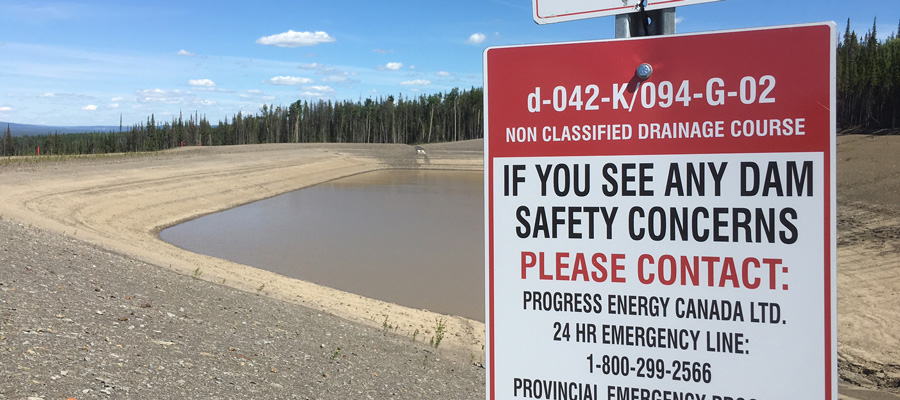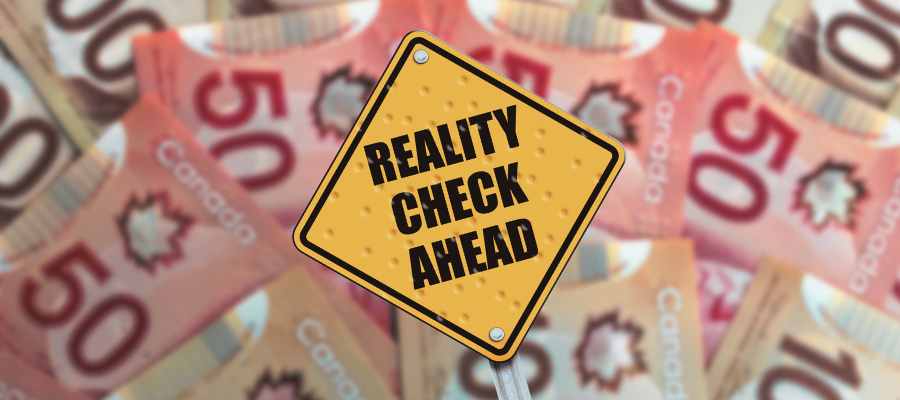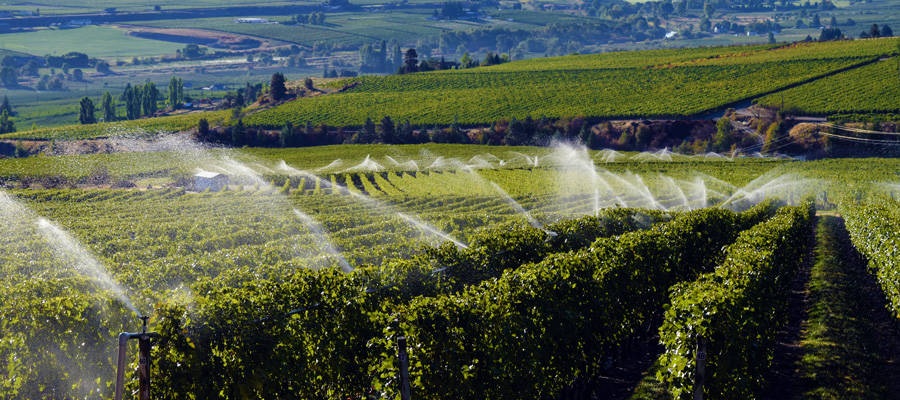An environmental mess: BC government needs to bring gas industry and regulator under tighter control

Few environmental messes inherited by the new BC government rival the unregulated free-for-all that has unfolded in the province’s northeast where companies that frack for natural gas have built nearly 60 unlicensed dams.
Not only do some of those dams show distressing signs of failing, but the companies that built them—and the government agencies that regulate them—consistently failed to honestly consult with First Nations about their intentions.
First Nations were never told that proposed “water storage” facilities on their traditional lands were actually large dams. Nor were they told that the companies shouldn’t build them without first obtaining water licences and submitting engineering reports to provincial dam safety officials—neither of which happened.
First Nations were never told that proposed “water storage” facilities on their traditional lands were actually large dams.
Now, in an unprecedented application before BC’s Environmental Assessment Office (EAO), Progress Energy—a subsidiary of the giant Malaysian state-owned corporation Petronas—is asking the Province to “exempt” from retroactive review two massive dams that it built without first obtaining proper authorizations.
One of the two dams rivals a seven-storey apartment building in height. That makes it (and its somewhat smaller cousin) a “major project” under BC’s Environmental Assessment Act. The Act’s regulations stipulate clearly that such projects are to be assessed by the EAO before they are built. Not after.
So here we are. Government agencies allow a company to build two major dams without proper authorizations. First Nations are treated dismissively. And the EAO is asked to give a free pass to the company that broke the rules in breathtaking fashion.
If the EAO grants Progress’s request, it sends a terrible signal that BC really is the Wild West. Rules and regulations are simply there to be ignored.
The current government should immediately reject this premise especially given the importance that Premier John Horgan has placed on reforming BC’s environmental assessment process.
In his mandate letter to George Heyman, Minister of Environment and Climate Change Strategy, the Premier instructed the minister to “revitalize the Environmental Assessment process” and to “review the professional reliance model to ensure the legal rights of First Nations are respected, and the public’s expectations of a strong, transparent process is met.”
One of the two dams rivals a seven-storey apartment building in height.
That current model is one in which professionals either directly employed by or working under contract to major corporations are increasingly in the driver’s seat, while public servants, including statutory decision-makers who should be providing independent oversight to projects, are pushed to the margins.
Coincidentally, the Premier signed that letter just two days before Progress filed its controversial exemption applications.
Members of the public, however, only learned of the company’s application a month later and only then after the EAO, in a classic “issues management” move, quietly posted the company’s request on-line in the lead-up to the busy Labour Day weekend.
Progress’s application offers the provincial government a golden opportunity to signal that the process of revitalizing our environmental assessment process begins today.
The government can and should use the opportunity to let the EAO know that the public expects and deserves a review of the Progress dams. That review should cast a wide net that looks both at the environmental and public safety risks posed by the two dams and the much more troubling question of how dozens of other such dams were built without permits and fulsome First Nation consultations.
An expanded review should also look at what all those dams are there for, because they all have something in common: to corral vast quantities of fresh water used in natural gas industry fracking operations. Notable cases of such operations have been linked to earthquakes due to the tremendous volumes and pressures at which water is pumped underground to “liberate” natural gas.
It sends a terrible signal that BC really is the Wild West. Rules and regulations are simply there to be ignored.
The Progress application offers another golden opportunity for the Environment Minister to fulfill something else asked of him and all his Cabinet colleagues, namely, to commit to a “true, lasting reconciliation with First Nations” and to fully adopt the UN Declaration on the Rights of Indigenous Peoples.
Shining a much-needed light on an unregulated dam-building spree that took place entirely on the previous government’s watch would be a significant step towards fulfilling that commitment to First Nations and would signal that the government is serious about reforming BC’s environmental assessment process.
—
This article is published as part of the Corporate Mapping Project, a research and public engagement initiative investigating the power of the fossil fuel industry. The CMP is jointly led by the University of Victoria, the Canadian Centre for Policy Alternatives’ BC and Saskatchewan offices, and the Parkland Institute. This research is supported by the Social Science and Humanities Research Council of Canada (SSHRC).
Topics: Climate change & energy policy, Environment, resources & sustainability, First Nations & Indigenous, Fracking & LNG


